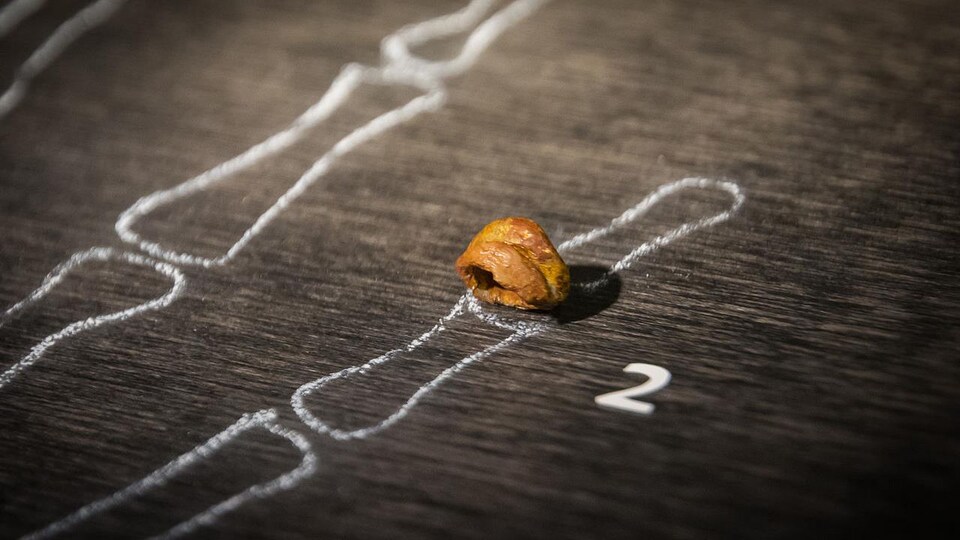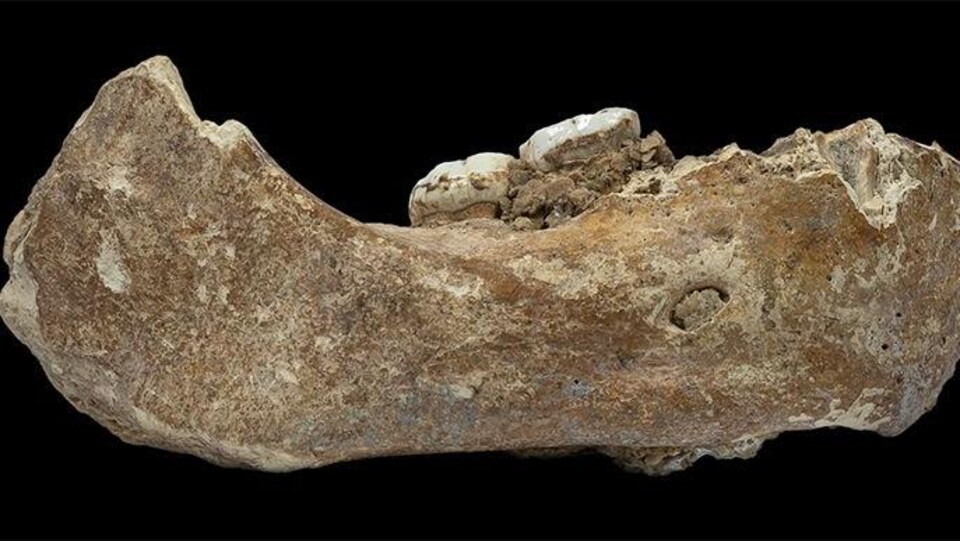The tooth of a child at least 130,000 years old discovered in a cave in Laos testifies to the presence of Denisovans in the tropical climate of Southeast Asia, lifting part of the veil on the mystery of extinct species. this, according to a study.
Very little is known about the Denisovans, an ancient human cousin of Neanderthals, first identified in 2010 in a cave in Siberia. From a simple piece of the phalanx, paleontologists have been able to sequence a complete genome.
They then found, in 2019, a mandible with large teeth in the Tibetan plateau, proving that the species also lived in this part of China.
Apart from these rare fossils, the Denisovans have left no trace of their passage … Except for genes, because before disappearing, this so-called archaic species interbred with Homo sapienswhich inherited part of its DNA from the current populations of Southeast Asia and Oceania: Negritos of the Philippines, Papuans of New Guinea and Aborigines of Australia have a large share of the Denisovan genome-up to 5%.
Geneticists have already deduced the modern ancestors of these populations were hybridized with the Denisovans in Southeast Asiaexplained to AFP paleoanthropologist Clément Zanolli, co-author of the study published Tuesday in NatureCommunication.
But it is missing physical evidence their presence in this part of the Asian continent, far from the cold mountains of Siberia or Tibet, CNRS researchers added.
Until a team of scientists came out to dig the Cobra Cave in northeastern Laos.
The cavity, located in a massif, was discovered in 2018 by speleologists near the Tam Pa Ling site, which is known to have delivered the remains of very ancient humans. The sediments preserved in the cave walls contain bone fragments of animals, as well as a molar.
The tooth immediately showed a morphology common person, says Clément Zanolli. It should belong to a child between 3 and 8 years old because it is still growing in the jaw, the study says.
But from what period, what species? The tooth is too old for carbon-14 dating, and its DNA is poorly preserved due to the hot and humid climate, underlined paleoanthropologist Fabrice Demeter, co-author.
The researchers therefore avoided the obstacle by dating sediments containing faunal teeth and remains, then the upper layer, to get a range of 160,000 to 130,000 years.
They then studied the inside of the tooth-temporarily exported to Denmark-using various techniques such as X-ray microtomography and paleoproteomics (protein analysis).
Proteins allow us to identify gender, female, and to prove that it belongs to the gender. Homoexplains Fabrice Demeter, researcher at the University of Copenhagen affiliated with the National Museum of Natural History in Paris.
And, surprisingly, the internal structure of the tooth became close to the molars of the Denisovan specimen from Tibet. I really expected a Homo erectus! the paleoanthropologist recalls.
But undoubtedly, the molar is easily distinguishable from this ancient species, as well as other extinct groups endemic to the Philippines and Indonesia, Homo floresiensis at Homo luzonensis. And of course the modern man.
The only problem: it shared traits with Neanderthals, genetically close to Denisovans – the two species may have diverged around 350,000 years ago.
But we leaned on a Denisovan, as we did not see the trace of the Neanderthal passage also to the east.refers to Clément Zanolli.
The Denisovans therefore actually occupied this part of Asia, a sign of adaptation to a wide range of environments, from cold altitudes to tropical climates, the study concluded. A versatility which their Neanderthal cousins do not seem to possess, more expert in the cold regions of the West, details Fabrice Demeter.
In the tropics the late Denisovans may have encountered and hybridized with local modern human groups of the Pleistocene epoch, who transferred their genetic heritage to the current population of Southeast Asia.
Source: Radio-Canada

